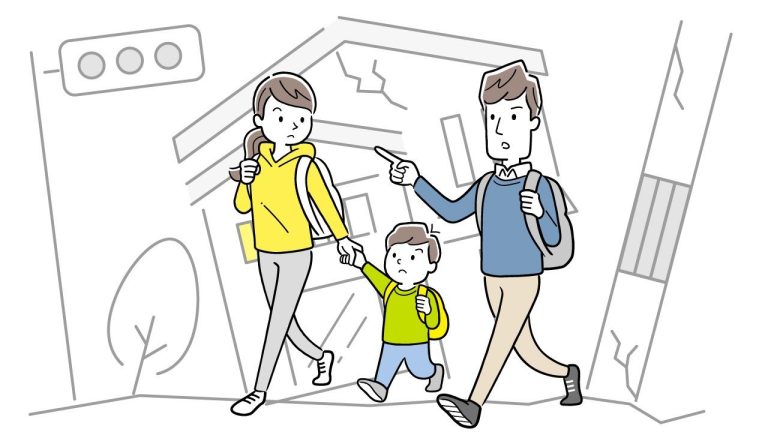Two-Thirds of Japanese Citizens Fear for Safety Confirmation and Misinformation in Disaster Scenarios: Nationwide Survey Reveals Preparedness Gaps
Tokyo, Japan (April 7, 2025) — A recently released nationwide survey has painted a concerning picture of Japan’s disaster preparedness landscape. Commissioned by Tokyo-based firm Macromill, the survey, which polled 200,000 individuals across the country in early February, reveals a pervasive anxiety regarding safety confirmation and the spread of misinformation in the wake of a major disaster. A staggering two-thirds of respondents expressed concerns about confirming the safety of loved ones, with a notable 29.8% feeling "very concerned" and an additional 37.7% feeling "somewhat concerned." This anxiety is particularly pronounced among households with children, where the concern rate climbs to 72.8%, highlighting the vulnerability and prioritization of family safety in times of crisis.
The survey’s findings underscore a worrying correlation between population density and community preparedness. In densely populated urban centers with 500,000 or more residents, a concerning 34.6% of respondents admitted to having made no preparations whatsoever to establish support networks with their neighbors. This lack of community engagement could prove detrimental in a disaster scenario, hindering effective communication and mutual aid efforts crucial for survival and recovery. The findings suggest a potential disconnect between individuals and their immediate communities in large cities, potentially stemming from anonymity, fast-paced lifestyles, or a reliance on official disaster response mechanisms. This urban-rural divide in preparedness necessitates targeted interventions to foster community resilience in high-population areas.
Further compounding the preparedness challenge is the growing threat of misinformation in the digital age. The proliferation of "fake news" and unverified information on social media platforms during past disasters has demonstrated the potential for widespread panic and disruption of relief efforts. The survey indicates a significant level of apprehension regarding information reliability during a disaster, with 23.2% of respondents expressing "very concerned" and 39.5% "somewhat concerned" about the impact of false information and rumors. This concern transcends age demographics, highlighting the pervasive nature of this digital threat.
Surprisingly, the youngest demographic, those under 19, exhibited the highest level of concern about misinformation, with approximately 30% feeling "very concerned." This contrasts with the common perception of "digital natives" possessing an innate ability to navigate the online world. The survey suggests that while younger generations may be technologically proficient, their relative lack of real-world experience could make them more susceptible to misinformation campaigns and online manipulation. This underscores the need for media literacy education and critical thinking skills development across all age groups to combat the spread of false information during crises.
The implications of these findings are far-reaching, demanding a multifaceted approach to bolster disaster preparedness in Japan. Strengthening community ties, particularly in large urban areas, is paramount. Encouraging neighborhood associations, organizing disaster drills, and implementing communication platforms tailored for local communities could facilitate vital information sharing and mutual support during emergencies. Addressing the misinformation challenge requires collaborative efforts between government agencies, social media platforms, and educational institutions. Promoting media literacy, fact-checking initiatives, and public awareness campaigns can equip citizens with the tools to discern credible information from potentially harmful rumors.
Furthermore, the survey highlights the need for targeted interventions based on demographic characteristics. The heightened anxiety among families with children necessitates specific resources and support systems tailored to their unique needs, such as child-friendly evacuation procedures and family reunification strategies. Similarly, addressing the vulnerability of younger generations to misinformation requires age-appropriate educational programs that foster critical thinking and digital literacy skills. The survey’s insights provide valuable data to inform policy decisions and guide the development of effective disaster preparedness strategies that cater to the diverse needs of the Japanese population. By acknowledging the interconnectedness of safety confirmation, community resilience, and information reliability, Japan can strengthen its disaster preparedness framework and mitigate the potential impact of future crises. The focus must shift towards empowering individuals, building strong communities, and fostering a culture of informed decision-making in times of emergency.


